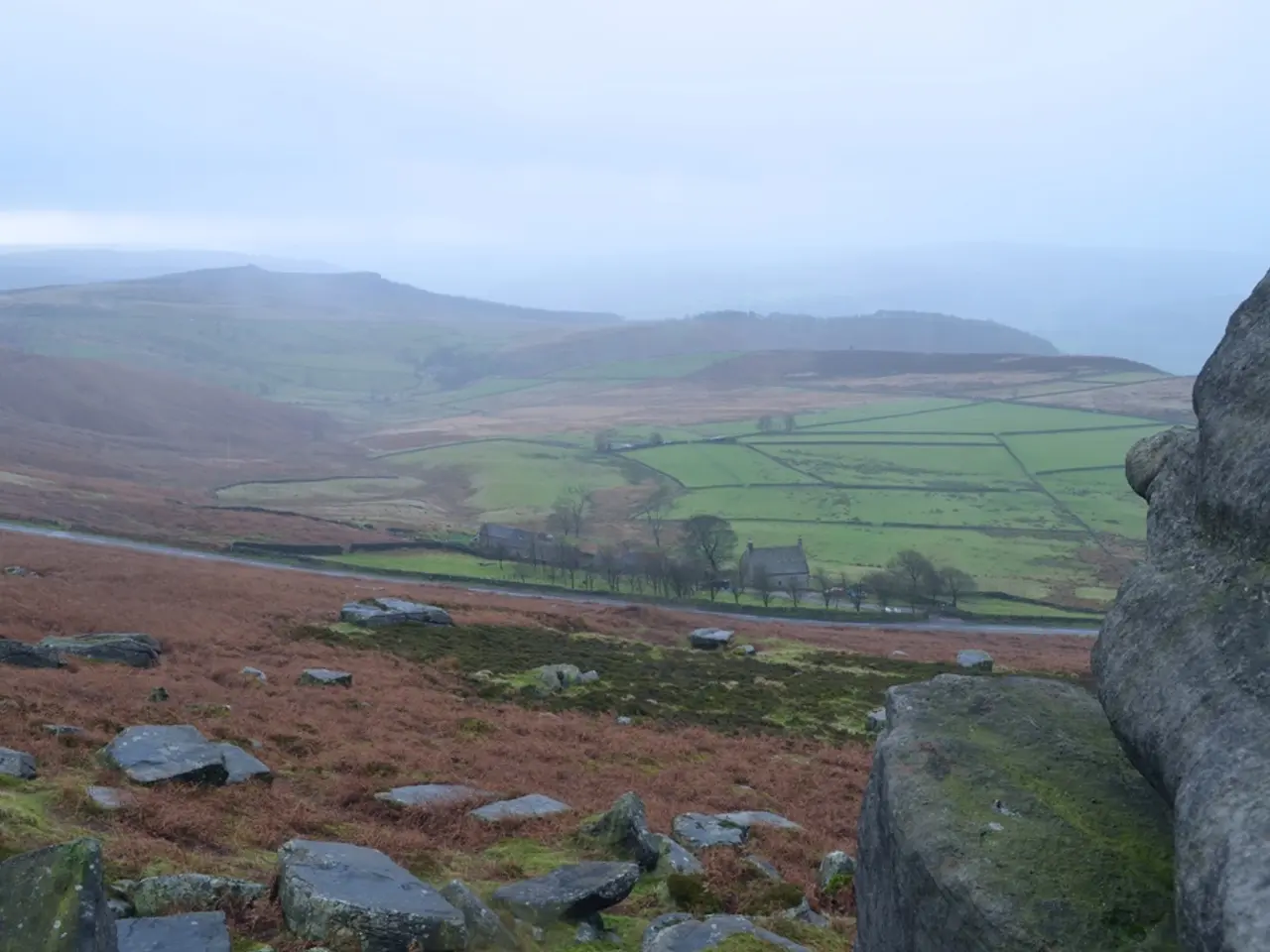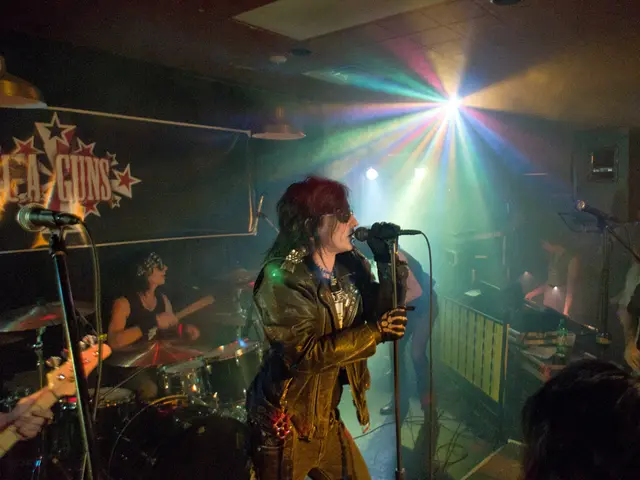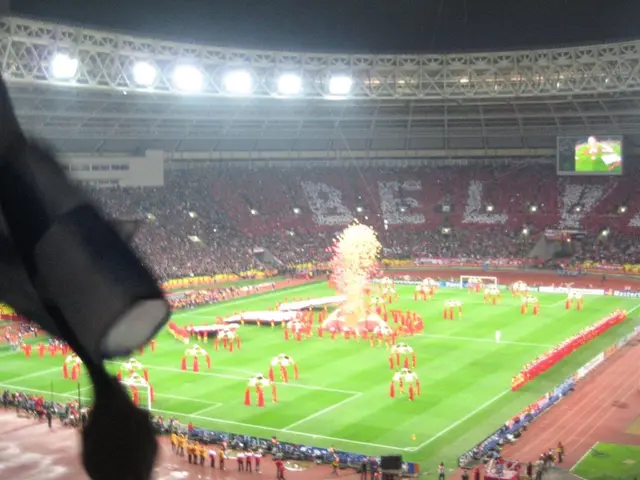Emergence from Seclusion to Innovation: Exploring the (Metaphorical and Physical) Rise of Albania
Tirana, the vibrant capital of Albania, is undergoing a remarkable metamorphosis, merging modernisation with a renewed connection to its cultural heritage and national identity. This dynamic transformation is evident in the city's architecture, urban landscape, and growing infrastructure.
**Urban Development and Architectural Trends**
The cityscape of Tirana is being reshaped by a significant construction boom. Iconic landmarks like the Barcelona Tower, a 190-meter skyscraper near Skanderbeg Square, are redefining the city skyline. Tirana is striking a balance between modern architecture and the preservation of cultural elements, as demonstrated by the "Bukë dhe Zemër" (Bread-and-Heart) architecture festival, initiated by Prime Minister Edi Rama in early 2025.
Modern venues and increasing global air connectivity, including the launch of Vlora International Airport in 2025 and the presence of international hotel brands, are bolstering Tirana's role as a growing hub for business, cultural events, and tourism. These developments reinforce Tirana's position as both a political and cultural capital.
**Reflection of Cultural Heritage and National Identity**
Tirana's architecture and urban landscape are becoming increasingly vibrant and colourful, reflecting the lively spirit and cultural richness of Albania. The city's evolving design harmoniously blends historical intrigue with contemporary energy, creating a visual narrative of Albania’s journey from its past to its future.
Street art and modern architecture tours highlight how urban spaces integrate traditional Albanian motifs and narratives with new artistic expressions, connecting citizens and visitors with the nation's evolving identity. The development approach prioritises authenticity and local character while positioning Tirana as a modern European city, symbolising Albania’s aspirations for growth and international presence without losing its unique cultural roots.
**Beyond Tirana**
Krujë and Berat, cities steeped in history, showcase Albania's rich cultural heritage. Krujë, the stronghold of Albanian hero Gjergj Kastrioti, also known as Skanderbeg, and Berat, a Unesco World Heritage Site, offer glimpses into Albania's past.
The south of Albania boasts crystal-clear waters, attracting tourists and being compared to the Maldives. Meanwhile, the north of Albania offers opportunities for hiking, kayaking, and skiing in the Albanian Alps, also known as The Accursed Mountains.
**Sustainable Tourism and International Recognition**
Albania has increased the percentage of its territory designated as protected areas to 21.4%, a testament to its commitment to environmental conservation. The country has also joined the Global Sustainable Tourism Council, demonstrating its ambition to promote sustainable tourism practices.
In 2023, Albania ranked fourth globally for the largest percentage increase in international arrivals, and Prime Minister Rama forecasts that Albania will welcome 20 million tourists in 2030, enough to rival its neighbor Croatia. The National Tourism Strategy outlines Albania's sustainable tourism goals, including its eventual accession to the EU and the resultant commitment to its SDGs (sustainable development goals).
At the start of 2025, a £1.2 billion project by Jared Kushner was approved to transform Sazan, an island off Albania's southern coast, into a luxury resort. This development, along with the expansion of Sarandë's marina, underscores Albania's growing appeal as a tourist destination.
In conclusion, Tirana's architectural and urban development mirrors Albania's national identity by blending historical significance with bold contemporary projects, creating a cityscape that honours cultural heritage while embracing modernity and global integration. This duality is evident in landmark constructions, urban festivals, vibrant street art, and the expansion of infrastructure that collectively articulate Albania’s distinctiveness and progressive ambitions.
Tirana's modern infrastructure, such as the Barcelona Tower and the Vlora International Airport, facilitates a vibrant travel scene that complements its rich cultural heritage, creating an attractive lifestyle for tourists and locals alike. As Tirana evolves, it represents Albania's journey from the past to the future, blending historical intrigue with contemporary energy, making it an appealing destination for both cultural exploration and modern experiences.
The booming construction of iconic landmarks, like the Sazan luxury resort, and the availability of international hotel brands in Tirana highlight the city's role as a growing hub for tourists, setting the stage for future travel adventures within this evolving landscape.




